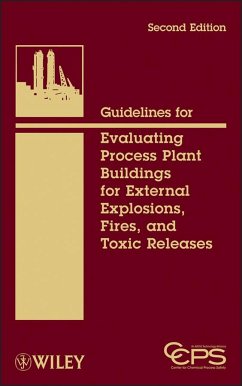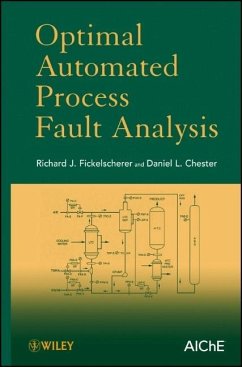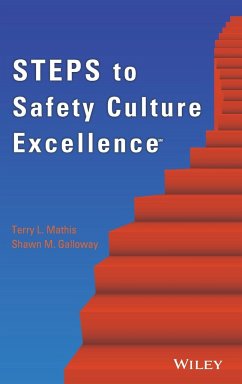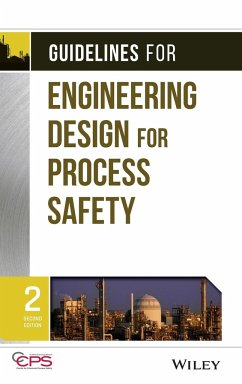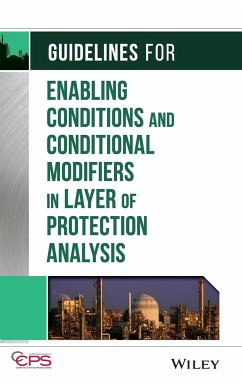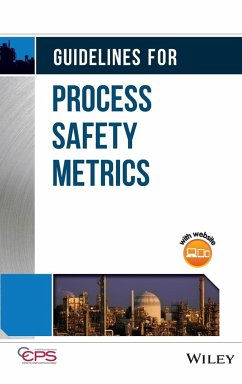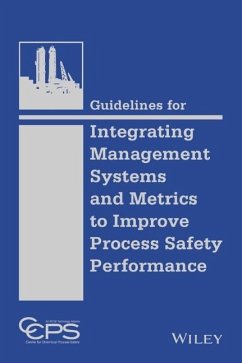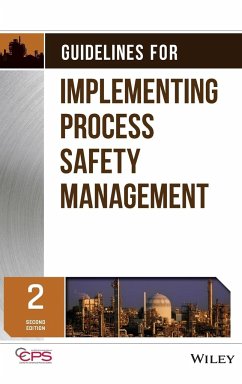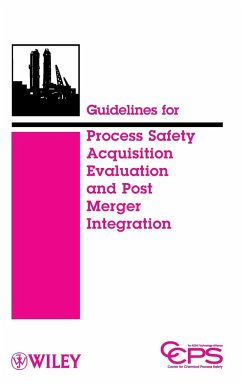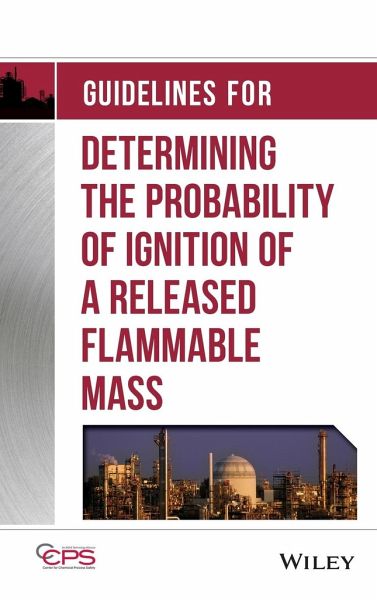
Guidelines for Determining the Probability of Ignition of a Released Flammable Mass
Versandkostenfrei!
Versandfertig in über 4 Wochen
100,99 €
inkl. MwSt.
Weitere Ausgaben:

PAYBACK Punkte
50 °P sammeln!
Complemented by an estimating tool spreadsheet based on a fixed set of chemicals to assist in risk estimations, Probability of Ignition of a Released Flammable Mass converts a "best guess" to a calculated value based on available information and current technology. The text documents and explains the science and background of the technology-based approach. The tool, when populated with appropriate data, yields an estimate of the probability that a defined release of a flammable material will ignite if exposed to an ignition source. This information can be used to make risk assessments with a h...
Complemented by an estimating tool spreadsheet based on a fixed set of chemicals to assist in risk estimations, Probability of Ignition of a Released Flammable Mass converts a "best guess" to a calculated value based on available information and current technology. The text documents and explains the science and background of the technology-based approach. The tool, when populated with appropriate data, yields an estimate of the probability that a defined release of a flammable material will ignite if exposed to an ignition source. This information can be used to make risk assessments with a higher degree of confidence than estimates made before and it provides valuable information for use in the development of a facility s Emergency Response Plan.




